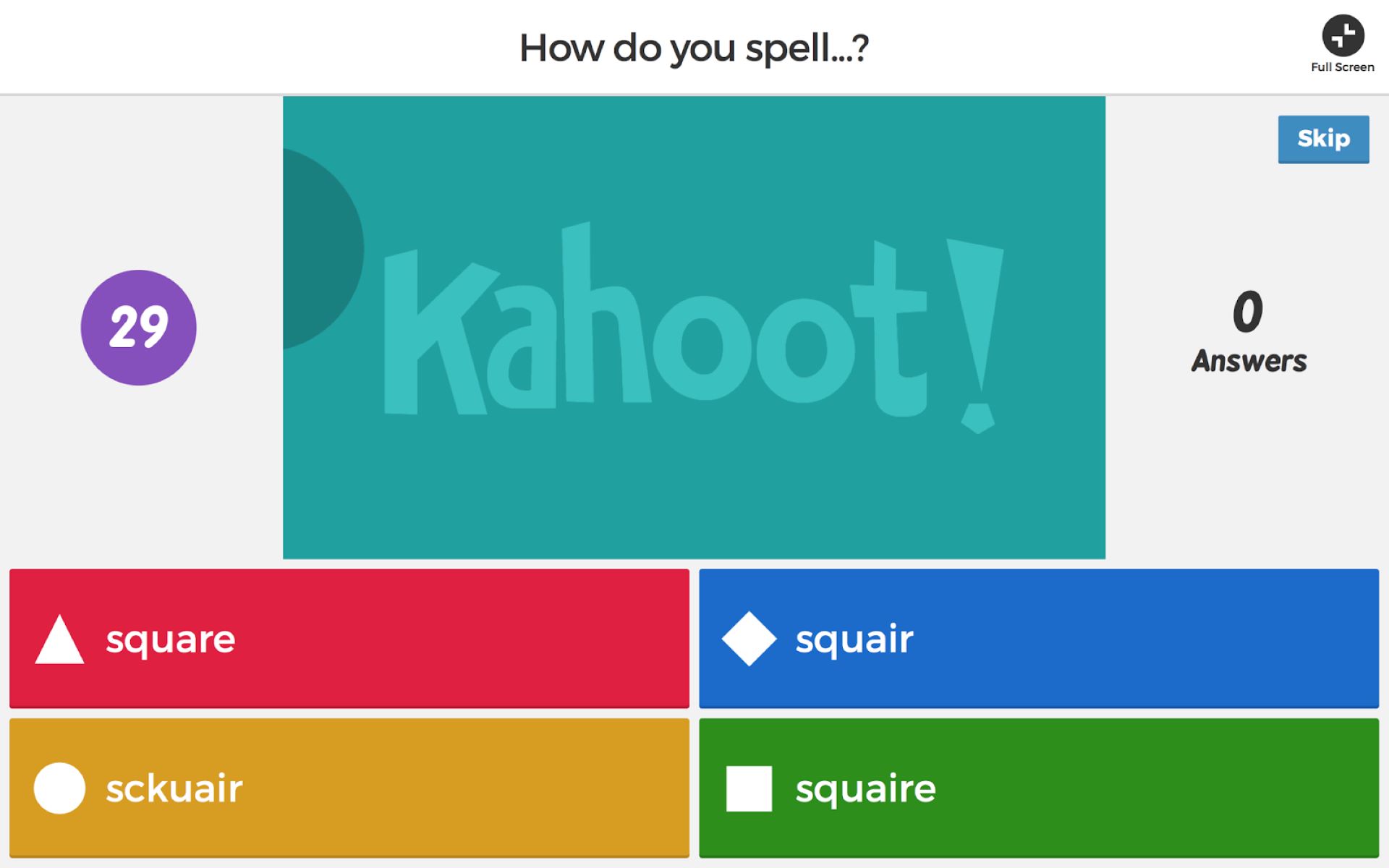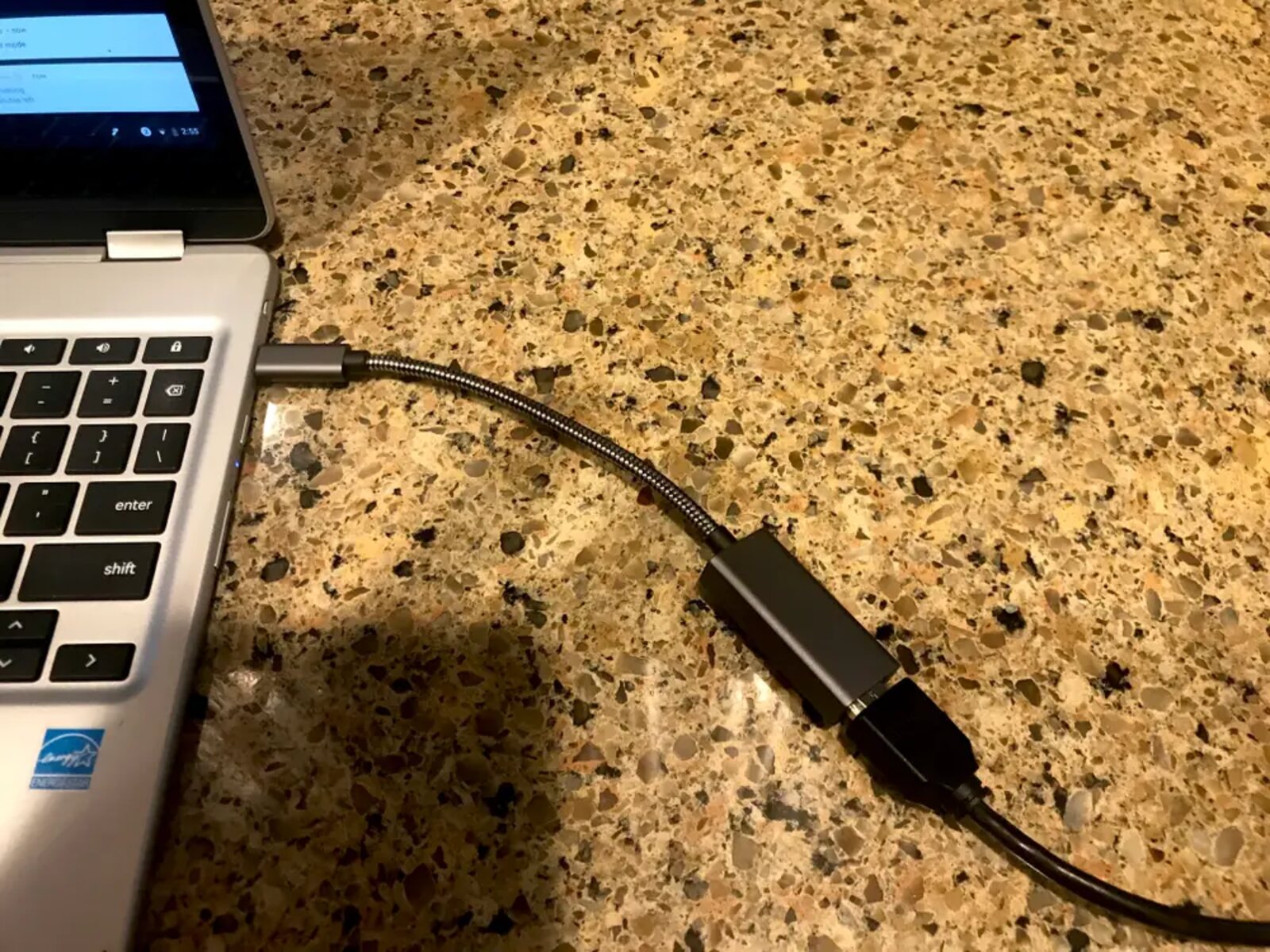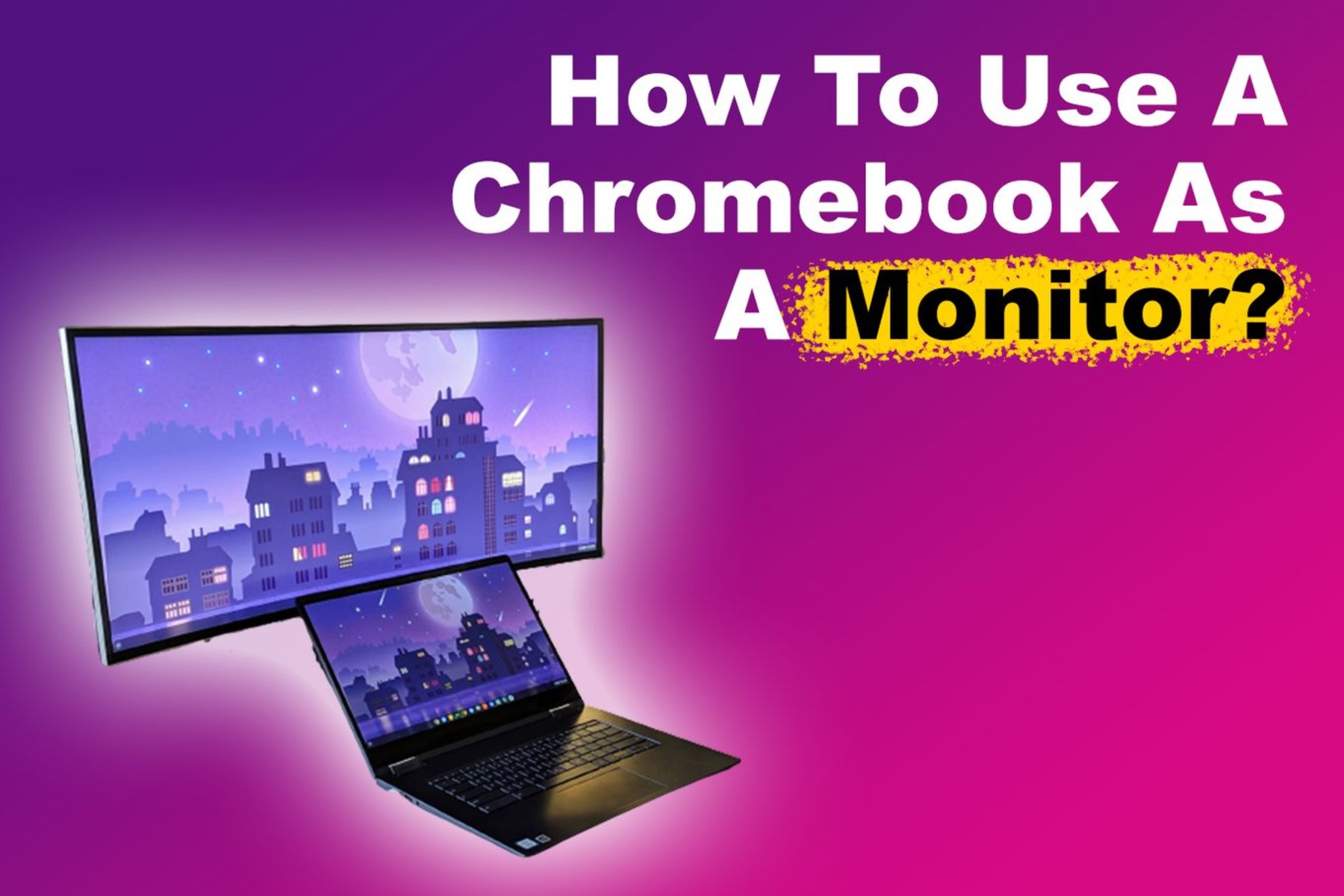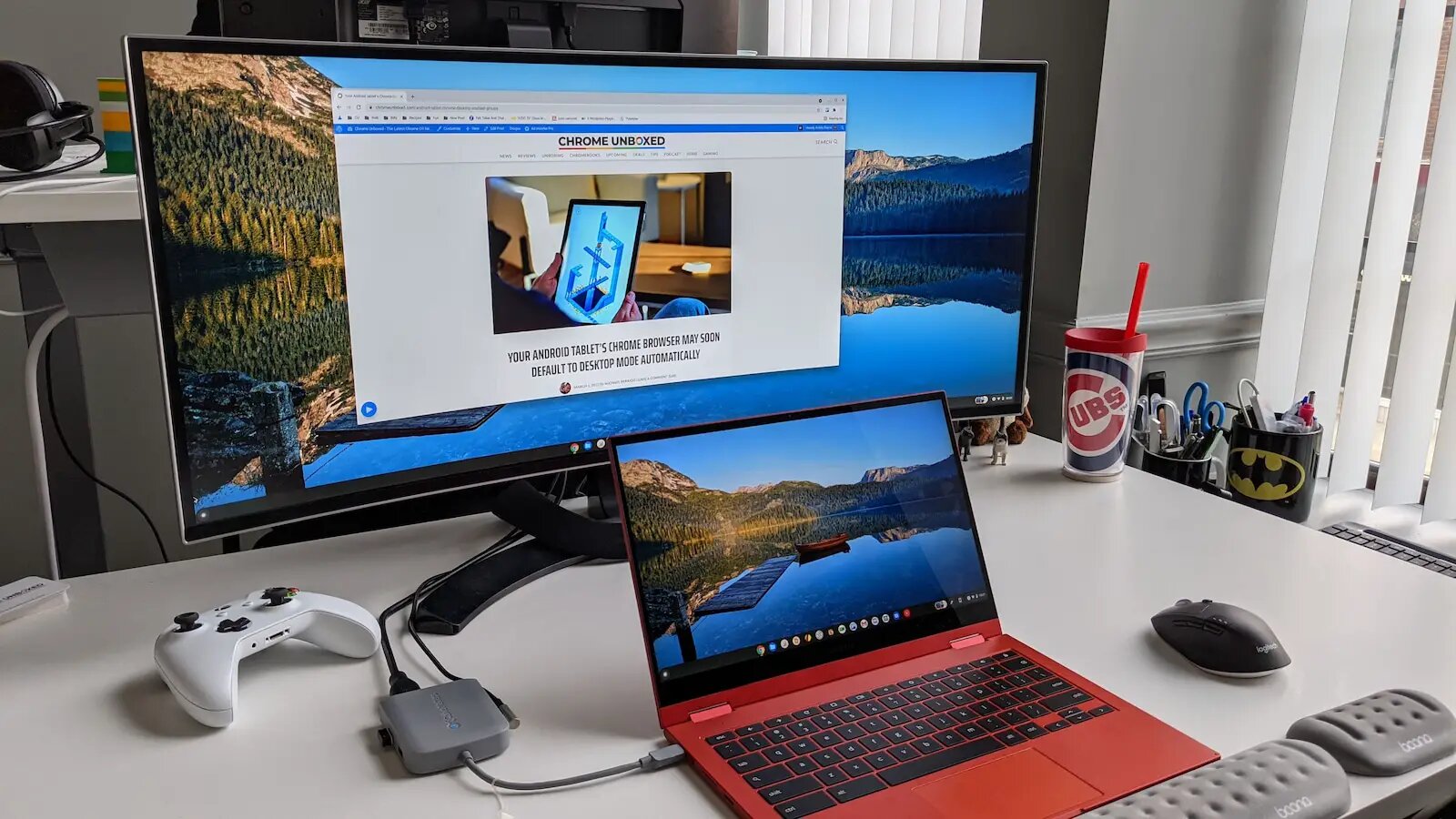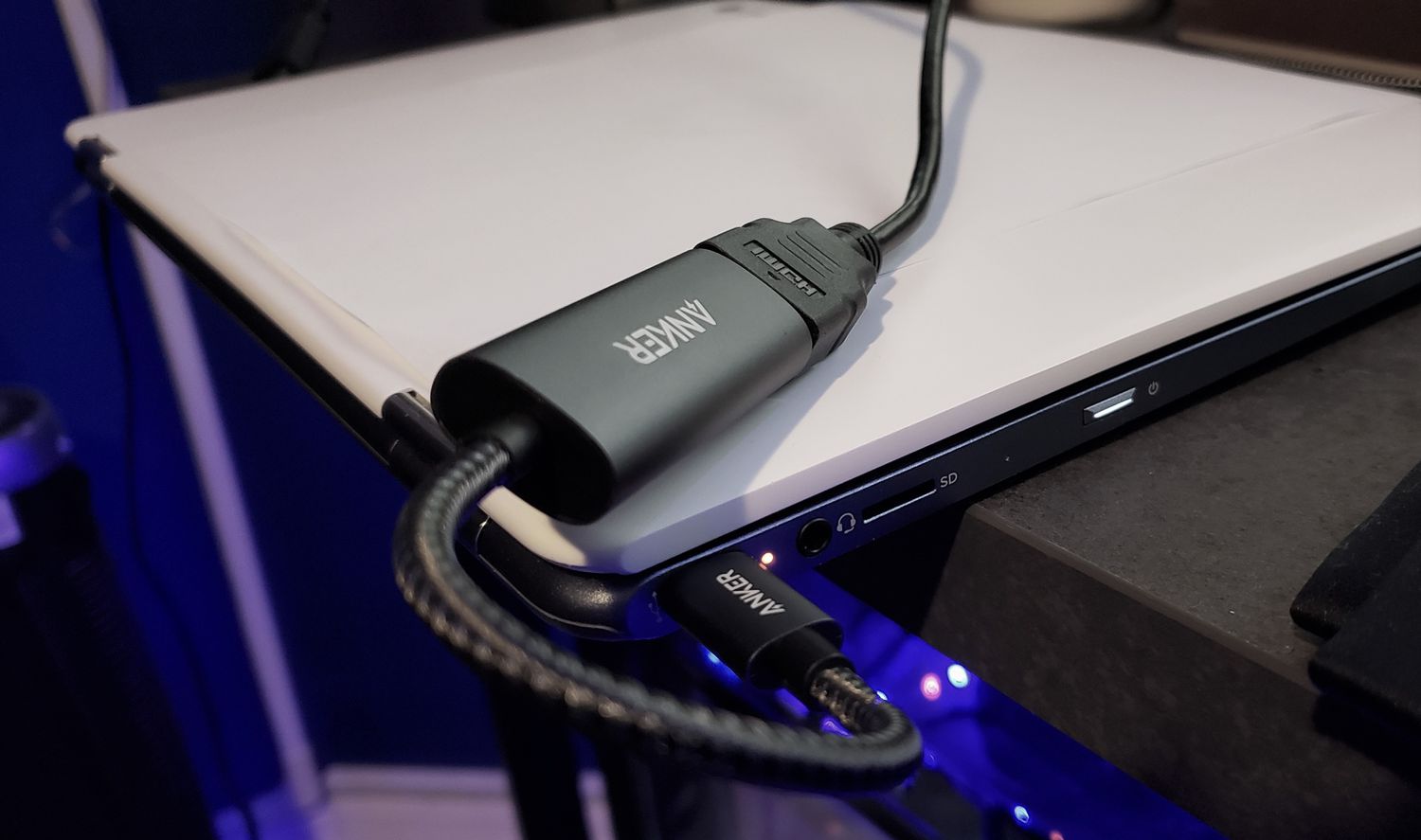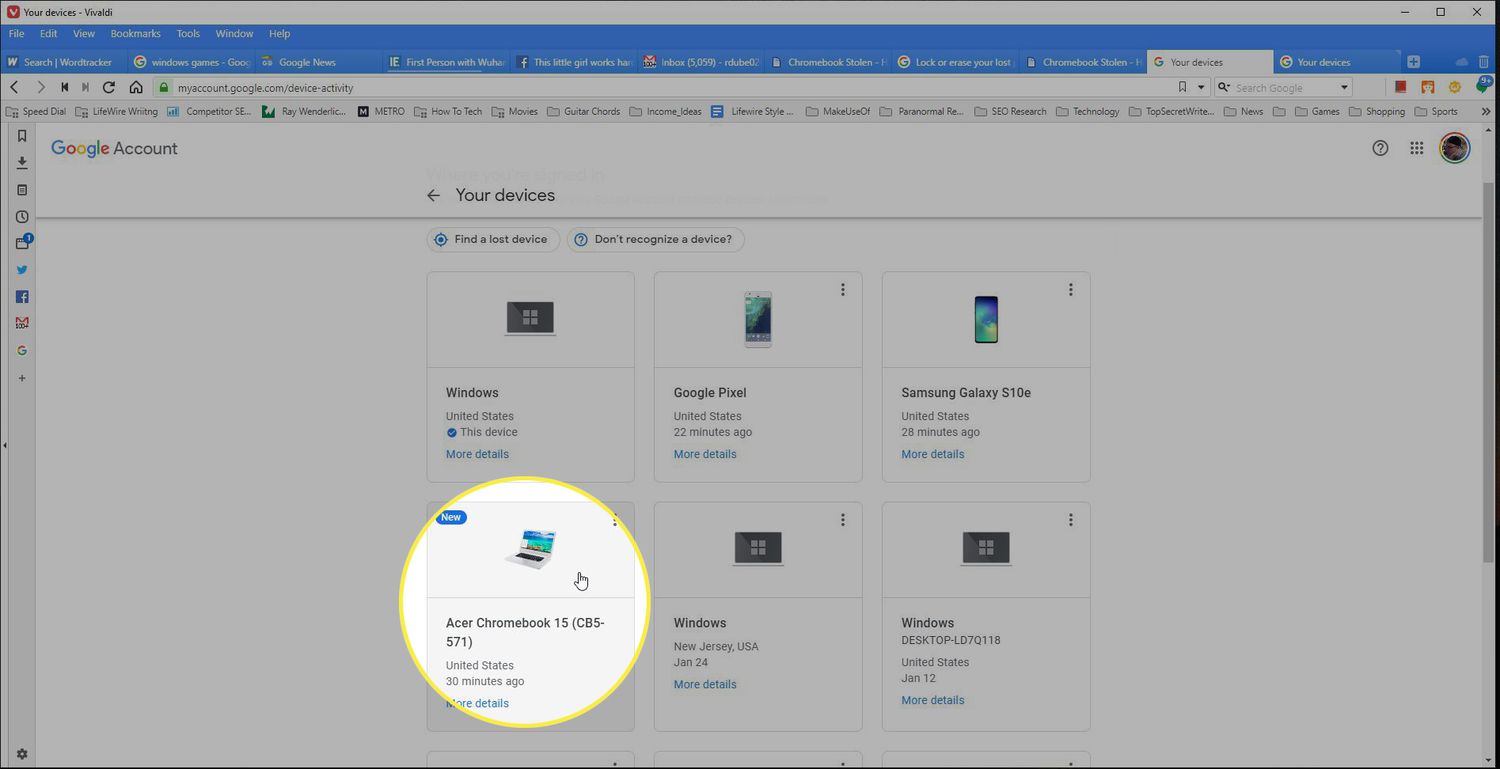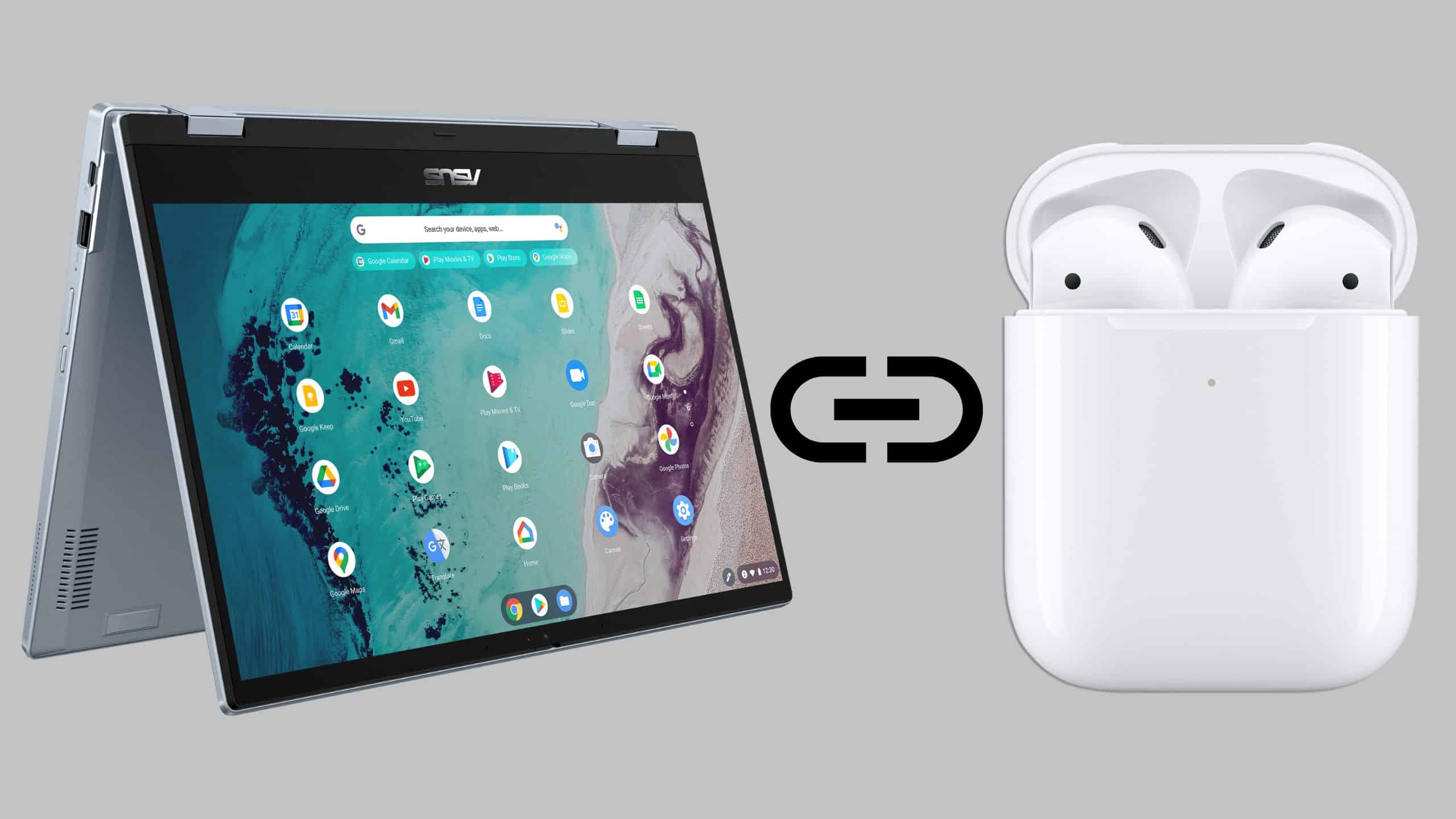Introduction
Welcome to the world of Kahoot, where learning becomes fun and interactive! In this guide, we will show you how to create a Kahoot game on a Chromebook, allowing you to engage your students or colleagues in an exciting and educational quiz experience.
Kahoot is a popular online learning platform that enables you to create, host, and play interactive quizzes, surveys, and discussions. It can be accessed on various devices, including Chromebooks, making it an ideal tool for educators and professionals alike.
By leveraging the power of Kahoot, you can enhance your teaching or training sessions, promote active learning, and assess knowledge retention in a playful manner. The platform provides a wide range of features that allow you to customize your quizzes, add images and videos, and track progress. Plus, it offers a vast library of ready-to-use quizzes created by educators from around the world.
Whether you’re a teacher looking to engage your students, a corporate trainer conducting a workshop, or even a friend organizing a quiz night, creating a Kahoot game on a Chromebook is a straightforward process that doesn’t require any advanced technical skills.
In the following sections, we will guide you through the entire process, from setting up Kahoot on your Chromebook to sharing and playing your Kahoot game. So, let’s dive in and discover how to make the most out of this fantastic learning tool!
Setting Up Kahoot on a Chromebook
Before you can start creating your Kahoot game on a Chromebook, you need to ensure that you have the necessary setup. Here’s how you can get started:
- Open the Chrome browser on your Chromebook and go to the Chrome Web Store.
- In the search bar, type “Kahoot” and press Enter.
- Click on the “Add to Chrome” button next to the official Kahoot app.
- A pop-up window will appear, asking you to confirm the installation. Click on the “Add extension” button.
- Wait for the installation to complete. Once done, you will see the Kahoot icon added to your Chromebook’s app launcher.
- Open the Kahoot app by clicking on its icon.
- If you already have a Kahoot account, sign in using your credentials. If not, click on the “Sign up for free” link to create a new account.
- Fill in the required information to create your account, including your email address, password, and display name.
- Once you’re signed in, you’re ready to start creating your Kahoot game!
Setting up Kahoot on your Chromebook is a quick and simple process. By installing the official app from the Chrome Web Store, you can access the platform directly from your browser without any additional steps.
Now that you have Kahoot up and running on your Chromebook, it’s time to unleash your creativity and start crafting your unique and engaging quiz. The next section will guide you through the process of creating a Kahoot game step by step.
Creating a Kahoot Game on a Chromebook
Creating a Kahoot game on your Chromebook is a straightforward process that allows you to design interactive quizzes tailored to your specific needs. Here’s a step-by-step guide to help you get started:
- Open the Kahoot app on your Chromebook.
- Click on the “Create” button located at the top right corner of the screen.
- Choose the type of Kahoot you want to create: Quiz, Survey, or Discussion.
- Give your Kahoot a catchy title that reflects its content and purpose.
- Add a cover image to make your Kahoot visually appealing. You can choose from the provided options or upload your own image.
- Decide whether you want to make your Kahoot public or private. Public Kahoots can be shared with others, while private Kahoots are only accessible to you and those you invite.
- Click on the “Add question” button to start adding questions to your Kahoot.
- Enter the question text in the provided field. You can make the question multiple-choice, true or false, or open-ended.
- Add the possible answers, making sure to mark the correct one if it’s a multiple-choice or true/false question.
- Repeat the previous steps to add more questions to your Kahoot.
Creating a Kahoot game allows you to engage your audience in an interactive experience, making learning or team-building sessions more enjoyable and effective. You have the flexibility to use various question formats, including multiple-choice, true/false, and open-ended questions.
Additionally, you can enhance your Kahoot game by adding images, videos, and other media to provide visual aids and enrich the learning experience. This customization feature allows you to tailor your Kahoot to specific subjects, themes, or events.
Once you’ve added all the questions to your Kahoot, you can proceed to the next step of customizing your game further. This will help make your Kahoot even more engaging and captivating for your participants.
Adding Questions and Answers
Now that you have created the structure of your Kahoot game, it’s time to add questions and answers to make it engaging and interactive. Here’s how you can do it:
- Start by selecting a question type for each question you want to add. The available options include multiple-choice, true/false, and open-ended questions.
- For multiple-choice and true/false questions, provide the possible answer choices. Make sure to indicate the correct answer by marking the corresponding checkbox.
- If you opted for an open-ended question, participants will be required to provide their own answers. You can set a character limit or specify a time limit for answering these questions.
- Add additional media, such as images or videos, to enhance the question and make it more visually appealing.
- Repeat these steps to add as many questions as you need for your Kahoot game.
It’s important to remember that the questions and answers you add should align with the learning objectives or goals of your Kahoot game. They should challenge your participants and encourage them to think critically, apply concepts, and consolidate their knowledge.
Furthermore, consider using a mix of question types to keep the game dynamic and engaging. Multiple-choice questions can assess factual knowledge, while open-ended questions promote critical thinking and creativity.
By adding relevant images or videos to your questions, you can provide additional context, make the questions more visually appealing, and enhance the overall learning experience. Visual stimuli can also serve as mnemonic devices to help participants remember the information better.
Once you have added all the questions and answers to your Kahoot game, it’s time to move on to the next step and customize your game further to make it even more engaging and captivating.
Customizing Your Kahoot Game
Customizing your Kahoot game is a great way to add your personal touch and make it visually appealing and engaging. Here are some customization options you can explore:
- Change the theme of your Kahoot game by selecting from the available options. Themes can provide a cohesive look and feel throughout the game.
- Add background music or sound effects to create a more immersive experience for your participants.
- Customize the colors and fonts used in your Kahoot game to match your branding or personal preferences.
- Add images or videos that are relevant to the content of your questions to make the game more visually appealing.
- Include a time limit for each question to add a sense of urgency and challenge to your Kahoot game.
- Enable or disable the leaderboard feature to display the scores of the participants during the game.
- Decide whether you want to allow participants to see the correct answer after each question or at the end of the game.
By customizing your Kahoot game, you can tailor it to specific subjects, events, or audiences. This personalization creates a more immersive and engaging experience for your participants.
Consider incorporating your organization’s branding elements into the game, such as using your company logo or colors. This helps create a sense of familiarity and reinforces your brand identity.
Adding relevant images or videos to your Kahoot game can serve as visual cues that reinforce the content of the questions. Visual stimuli can enhance the overall learning experience and make it easier for participants to remember key concepts.
Don’t forget to consider the difficulty level and timing of your Kahoot game. Adjusting the time limit for each question allows you to control the pace of the game, ensuring that participants have enough time to think and respond.
Once you’re satisfied with the customization of your Kahoot game, it’s time to move on to the next step: reviewing and testing your game to ensure its quality and effectiveness.
Reviewing and Testing Your Kahoot Game
Before sharing your Kahoot game with others, it’s essential to review and test it to ensure its quality and effectiveness. Here’s what you should do:
- Go through each question and answer to check for any spelling or grammatical errors. Make sure they are clear and concise.
- Verify that the correct answers are marked properly for multiple-choice and true/false questions.
- Check the images or videos you’ve added to ensure they are relevant and support the content of the questions.
- Test the time limits for each question to ensure they give participants enough time to respond.
- Take the game for a test run by playing it yourself. This will help you identify any issues or areas for improvement.
- Review the flow of the game to ensure it progresses logically and smoothly.
- If possible, ask a colleague or friend to play the game and provide feedback on its clarity, difficulty, and overall experience.
By thoroughly reviewing and testing your Kahoot game, you can ensure that it is error-free, engaging, and aligned with your learning objectives. Paying attention to the details will make a difference in the overall experience for your participants.
Testing the timing of your questions is crucial to strike the right balance between giving participants enough time to think and preventing the game from dragging on. Adjust the time limits as needed to maintain a steady pace throughout the game.
Playing the game yourself and seeking feedback from others allows you to gather valuable insights on its clarity, difficulty level, and engagement factor. This feedback can help you make any necessary adjustments before sharing the game with your intended audience.
Once you are confident in the quality and effectiveness of your Kahoot game, it’s time to move on to the final step: sharing and playing your creation!
Sharing and Playing Your Kahoot Game
After creating, customizing, and reviewing your Kahoot game, it’s time to share it with your intended audience and get ready to play! Here’s what you need to do:
- Click on the “Save” button to finalize your Kahoot game before sharing it.
- Once your game is saved, you will have the option to “Preview” it to get a feel for how it will look to your participants.
- Click on the “Play” button to start the game.
- You will be provided with a unique game PIN that you can share with your participants.
- Inform your participants of the game PIN and instruct them to go to the official Kahoot website or open the Kahoot app on their devices.
- Participants should enter the game PIN on the Kahoot website or app to join the game.
- Once your participants have joined, you can start the game and watch as the questions appear on the screen.
- Participants will see the questions and answer choices on their devices, and they will have a limited time to respond.
- As participants answer the questions, they will earn points based on accuracy and speed.
- The leaderboard, if enabled, will display the scores of the participants in real-time.
- At the end of the game, the final scores will be shown, and you can discuss or review the answers with the participants.
Sharing and playing your Kahoot game is an exciting and interactive experience for both you as the host and your participants. By providing them with the unique game PIN, you can ensure that only the intended audience can join and participate.
During the game, participants will be engaged in answering the questions on their devices, while you can monitor their progress and enjoy the competitive atmosphere. The leaderboard, if enabled, adds an element of excitement as participants strive to earn the highest score.
Once the game ends, you can take the opportunity to discuss the questions and answers, clarify any misconceptions, and reinforce key concepts. This debriefing session enhances the learning experience and provides an opportunity for further engagement and discussion.
Now that you know how to share and play your Kahoot game, it’s time to put your knowledge into action and create an enjoyable and educational experience for your participants!










